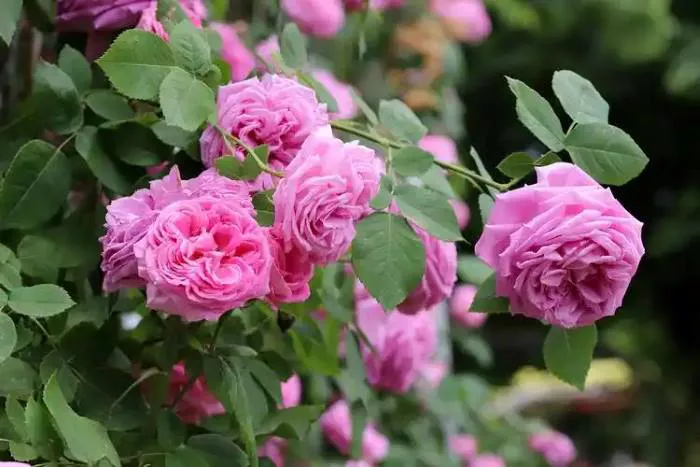Identifying flowers can be both a rewarding and challenging experience. Whether you are a gardening enthusiast, a nature lover, or simply curious about the plants around you, knowing how to identify flowers can enhance your appreciation of nature. This article will guide you through the process of finding out the name of a flower, using various methods and resources.
Understanding Flower Characteristics
Before you start searching for the name of a flower, it is essential to observe its characteristics. Take note of the flower’s color, shape, size, and arrangement. Additionally, consider the leaves, stem, and any distinctive features such as fragrance or markings. These details will be helpful when you consult resources or ask for assistance.
Using Identification Apps
One of the easiest ways to identify a flower is by using mobile apps designed for plant identification. Apps like PlantSnap, PictureThis, and iNaturalist allow you to take a photo of the flower and receive instant identification. These apps use image recognition technology to match your photo with a database of plants.
When using these apps, ensure that the photo is clear and well-lit. The more details the app can capture, the more accurate the identification will be. Many of these apps also provide additional information about the flower, such as its habitat and care requirements.
Consulting Field Guides
Field guides are another excellent resource for flower identification. These books provide detailed descriptions and photographs of various plants, making it easier to compare your flower with known species. Look for guides specific to your region, as local flora can differ significantly from other areas.
When using a field guide, start by narrowing down the options based on the flower’s characteristics. Many guides are organized by color, shape, or family, which can help you find the right match. Pay attention to the flower’s blooming season and habitat, as this information can further narrow down your choices.
Online Resources and Databases
The internet is a vast resource for flower identification. Websites like the USDA Plant Database, Flora of North America, and gardening forums can provide valuable information. These resources often include photographs, descriptions, and distribution maps.
When using online databases, search for specific traits of the flower. Use keywords that describe its color, shape, and other features. Additionally, many gardening communities have forums where you can post your flower’s photo and ask for help from experienced gardeners.
Joining Local Gardening Groups
Connecting with local gardening clubs or botanical gardens can be a great way to learn more about flowers. Many clubs hold meetings, workshops, and plant walks where members share their knowledge. These groups often include experienced gardeners who can help you identify flowers in your area.
Botanical gardens frequently have knowledgeable staff who can assist with identification. Visiting these gardens can also provide insight into the flowers that thrive in your region, as they often showcase local flora.
Social Media and Online Communities
Social media platforms have become popular spaces for plant enthusiasts. Groups on Facebook, Instagram, and Reddit allow users to share photos and ask for identification help. When posting a photo, provide as much detail as possible about where you found the flower and any notable characteristics.
Engaging with these online communities can connect you with fellow flower lovers who share your interests. Many members are eager to help with identification and can offer additional tips on caring for the plants.
Attending Workshops and Classes
Many community centers, botanical gardens, and universities offer workshops and classes on plant identification. These educational opportunities can provide hands-on experience and expert guidance. You will learn to identify flowers based on their characteristics and gain a deeper understanding of plant biology.
Participating in these classes can also connect you with other plant enthusiasts. Networking with fellow attendees can lead to valuable friendships and shared knowledge.
Keeping a Flower Journal
As you explore and identify flowers, consider keeping a journal. Document the flowers you encounter, including their names, locations, and any interesting facts. This practice not only helps reinforce your learning but also creates a personal reference for future identification.
In your journal, include sketches or photographs of the flowers. This visual record will aid in remembering their characteristics and can be a useful tool for future reference.
Conclusion
Finding out the name of a flower can be an enjoyable journey. By observing characteristics, using technology, consulting resources, and engaging with communities, you can enhance your identification skills. Whether you are a casual observer or a dedicated gardener, knowing how to identify flowers enriches your experience with nature. Embrace the process and enjoy discovering the beauty of the floral world around you.


